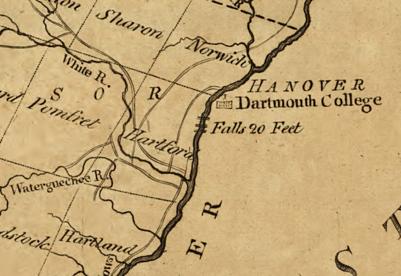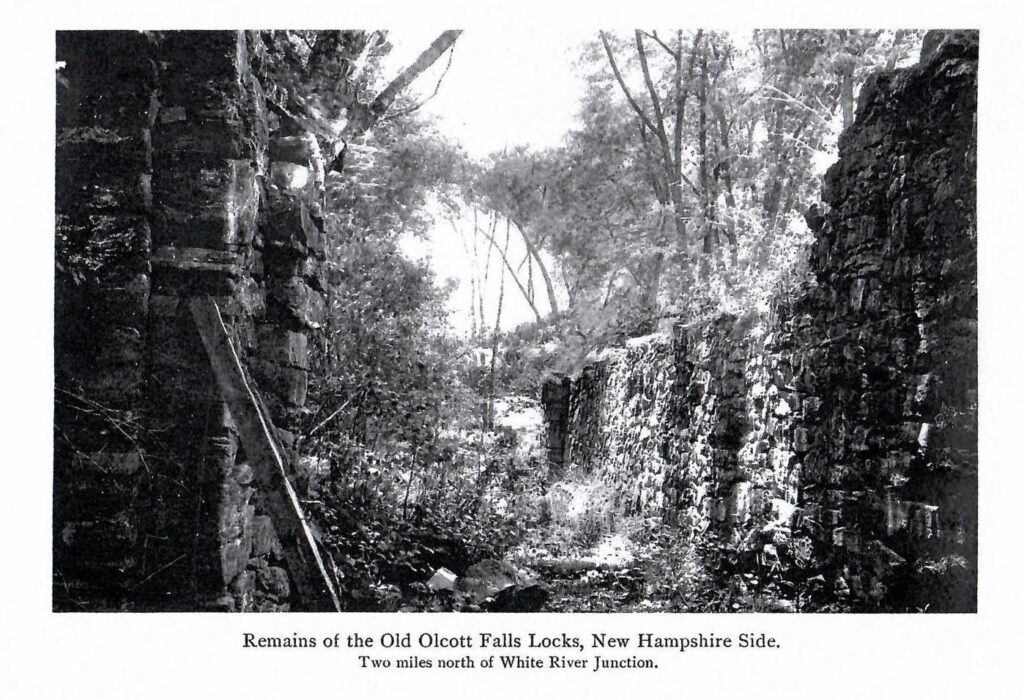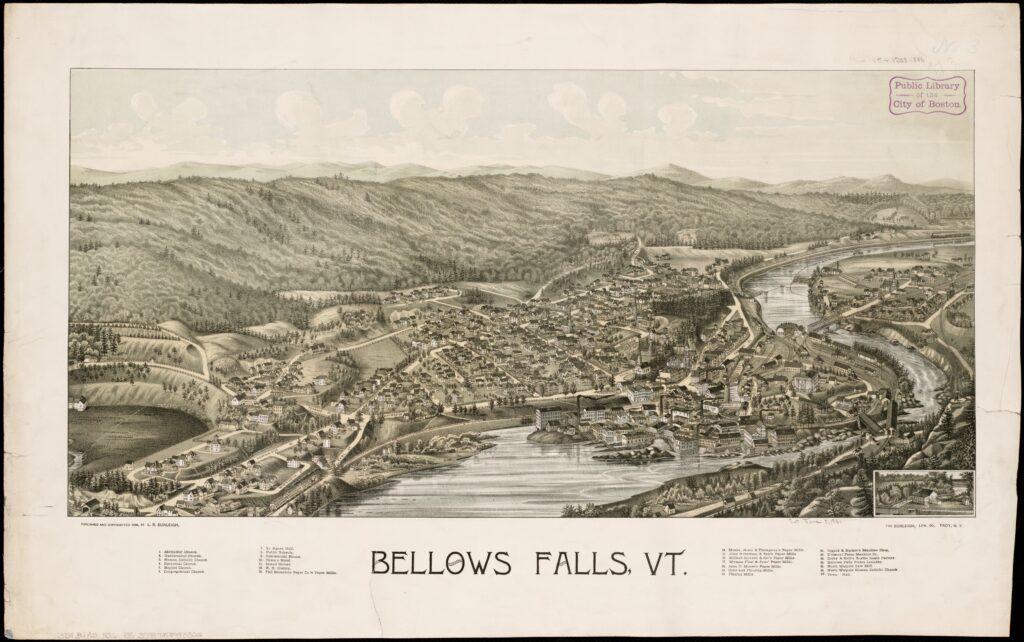A Park in Holyoke through Time
This is part of a larger series.
A Park in Holyoke through Time
This is part of a larger series.
A Family in Holyoke through Time
This is part of a larger series.
| family | FINDAGRAVE LINK | ||
| 2015 | Harkins | religion | FINDAGRAVE LINK |
| 2016 | Newton | developers | FINDAGRAVE LINK |
| 2017 | Street | benefactor | FINDAGRAVE LINK |
| 2018 | Skinner | silk merchant | FINDAGRAVE LINK |
| 2019 | Whiting | paper | FINDAGRAVE LINK |
| 2020 | Ludington | farms | FINDAGRAVE LINK |
| 2021 | Smith | ferry | FINDAGRAVE LINK |
| 2022 | Towne | blank books | FINDAGRAVE LINK |
| 2023 | James Newton | paper mills | FINDAGRAVE LINK |
| 2024 | FINDAGRAVE LINK | ||
| 2025 | Desjardin | Precious Blood fire | FINDAGRAVE LINK |
A Cemetery in Holyoke through Time
This is part of a larger series.
| cemetery | location | LINK | ||
| 2016 | Notre Dame Cemetery | South Hadley | LINK | |
| 2017 | Saint Jerome Cemetery | Oakdale | LINK | |
| 2018 | Calvary Cemetery | Elmwood | LINK | |
| 2019 | Forestdale Cemetery | Oakdale | LINK | |
| 2020 | Rock Valley Cemetery | Rock Valley | LINK | |
| 2021 | Smith’s Ferry Cemetery | Smith’s Ferry | LINK | |
| 2022 | Calvary Cemetery of the Sisters of Providence | Brightside | LINK | |
| 2023 | Elmwood Cemetery | Elmwood | LINK | |
| 2024 | Mater Dolorosa Cemetery | South Hadley | LINK | |
| 2025 | Precious Blood Cemetery | South Hadley | LINK | |
| LINK | ||||
A Church in Holyoke through Time series
This is part of a larger series.
Holyoke through Time series:
A House in Holyoke through Time
A Church in Holyoke through Time
A Cemetery in Holyoke through Time
A Mill in Holyoke through Time
A Park in Holyoke through Time
A Family in Holyoke through Time
A Street in Holyoke through Time
A School in Holyoke through Time
A Movie Theater in Holyoke through Time
A topic in Holyoke through Time

Carey Atlas of 1795
The Olcott Falls Canal is in Lebanon New Hampshire. It is found in the small village of West Lebanon. It is opposite the village of White River Junction which is in Hartford Vermont. It is the 6th of the six navigational canals of the Connecticut River that you meet as you go from south to north on the river. It is the 5th one of the six built. It was completed in 1810 and lasted until the 1850s. It is only a few feet in length and had five locks to lift it 40 feet. This canal is located about 2 to 3 miles north of White River Junction of Vermont.
On October 21 1795 Vermont granted permission for the canal. On June 12 1807 New Hampshire granted permission for the canal. It bypasses the Olcott Falls by using the New Hampshire side of the river. Mills Olcott completed the canal with locks in 1810. It was profitable the first years. When the railroad was built along the river, the canal fell into disuse.
Once a boat is past this falls, then they could approach the base of the Fifteen Mile Falls. This Fifteen-Miles Falls was never canalized since the falls is 20 miles long and has a drop of about 180 feet in height. This long falls is in Barnet Vermont. Boats could now navigate the Connecticut River from Hartford Connecticut to Barnet – 220 miles above Hartford.




The Sumner Falls Canal in Hartland Vermont is the 4th of the six navigational canals of the Connecticut River that you meet as you go from south to north on the river. The Sumner Falls Canal is between Hartland and North Hartland Vermont and 7 miles south of White River Junction. It is the 4th one of the six built. It was completed between 1803 to 1809 and lasted until 1856. It is only a few feet in length and had but two locks to lift it 12 feet.
The Ottauquechee River is to the north of the Sumner Falls Canal. The Water Quechee Falls is just three miles south of the tributary river and that is were the canal is.
October 22 1794 Vermont grants approval for the canal and then on December 1796 New Hampshire grants approval for the canal. Perez Gallup was the first owner and his Vermont land was alongside the canal. It had several owners through the years with the last being David Sumner. The locks and a saw mill were carried away in 1856 and never rebuilt. Remnants of the locks are still in place.
Watch a video about the Sumner Falls Canal – LINK.
The Bellows Falls Canal in Vermont is the 4th of the six navigational canals of the Connecticut River that you meet as you go from south to north on the river. It is the 3rd one of the six built. It was completed in August 1802 and lasted until 1858. It is a half mile in length and had nine locks to lift it 52 feet. Its cross section was 22 feet by 4 feet but is now 75 feet by 17 feet. That is since in 1866 it was turned into a power canal that was wider and deeper.
The Atkinson Brothers of London England came with money and will power to build this canal. The canal was commissioned in 1791 and was the first commissioned canal in the USA.
During the construction of the canal one mill was already in place to use the canal as a power canal also. At least one mill of the many that came later still exists – the Frank Adams Grist Mill.
EXTERNAL LINK to a fine video about the falls.




History of the Town of Rockingham Vermont
Sanborn map analysis:
Sanborn 1906 map A – map B – map C
The Turners Falls Canal in Montague Massachusetts is the third of the six navigational canals of the Connecticut River that you meet as you go from south to north on the river. It is the 2nd one of the six built. It was completed in 1798 and lasted until 1856. It is 3 miles in length and had ten locks to lift it 55 feet. It was 14 feet wide.

Christopher Colles started a survey of the canal on July 3 1792. He had surveyed the South Hadley Canal on May 21 a few months before. Benjamin Prescott of Northampton was the designer.
In 1864 the canal started being used as a power canal with hydromechanical turbines. This was under the guidance of Alvah Crocker. From June 9 1886 onward, hydroelectrical turbines would start. Many mills would use this power canal – John Russell Cutlery, and more. Residential areas would develop too – the Patch, and more.
The Turners Falls Power Canal has taken over most of its length since 1904 when construction began on the new power canal system. Construction ended in 1929. There are two dams – the Montague Dam and the Gill Dam. There is one gatehouse – the Turners Falls Gatehouse (1903 to 1904). There are seven bridges over the canal – 2 are footbridges and 2 are railroad bridges. Turners Falls Power Station number 1 was constructed from 1904 to 1906. The dimensions are 2.7 miles long, 125 feet wide, and about 15 feet deep. Turners Falls Power Station number 2 was constructed from 1912 to 1916 and would be capable of generating 48 MW.


The Canalside Rail Trail (EXTERNAL LINK) is now alongside the canal.

Sanborn map analysis: